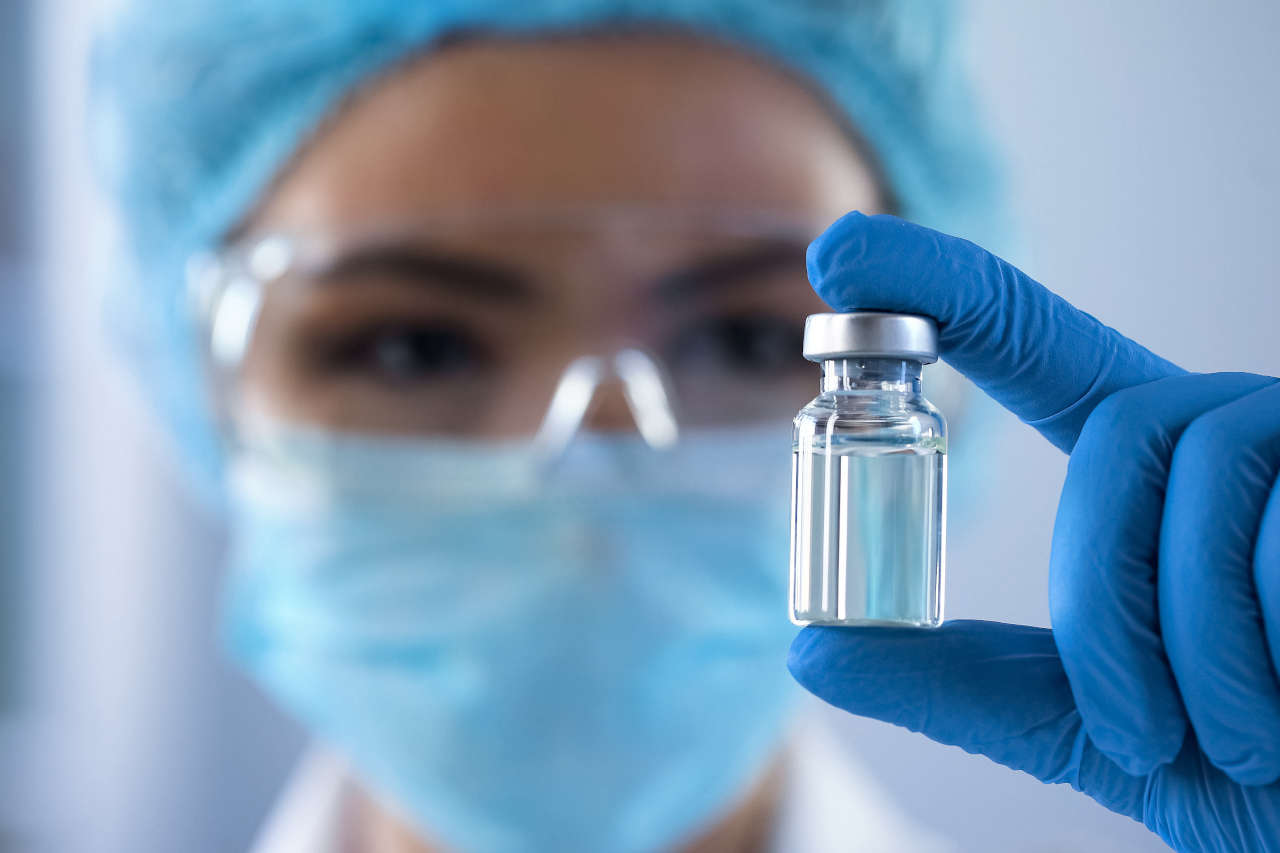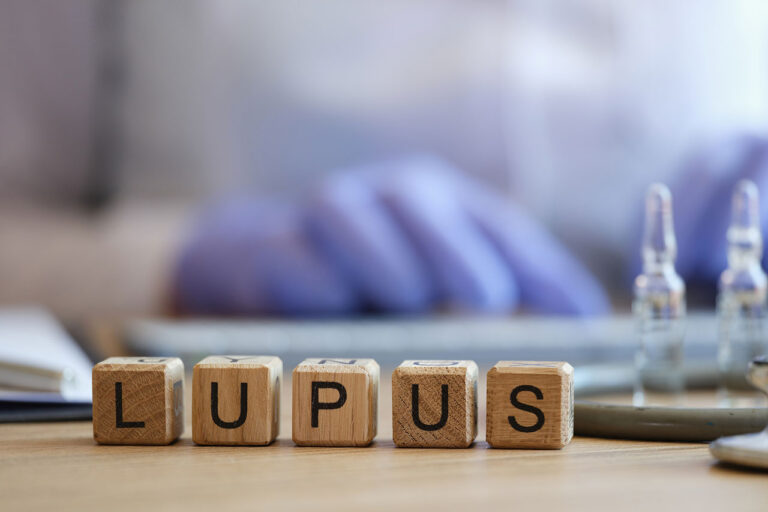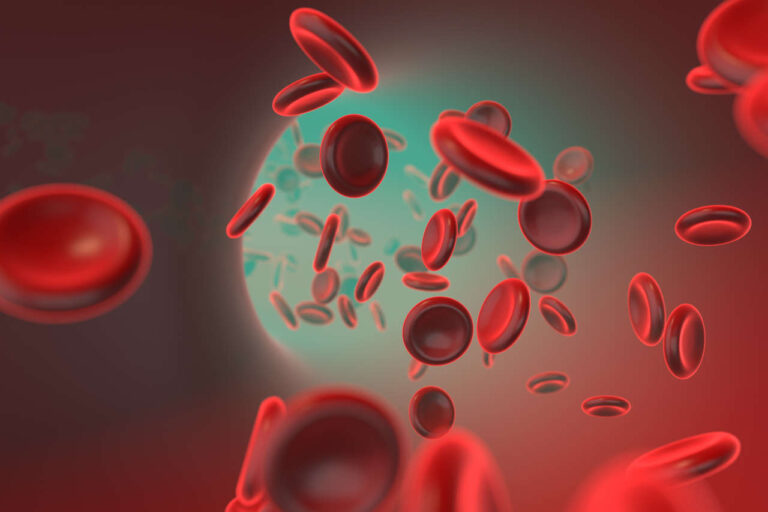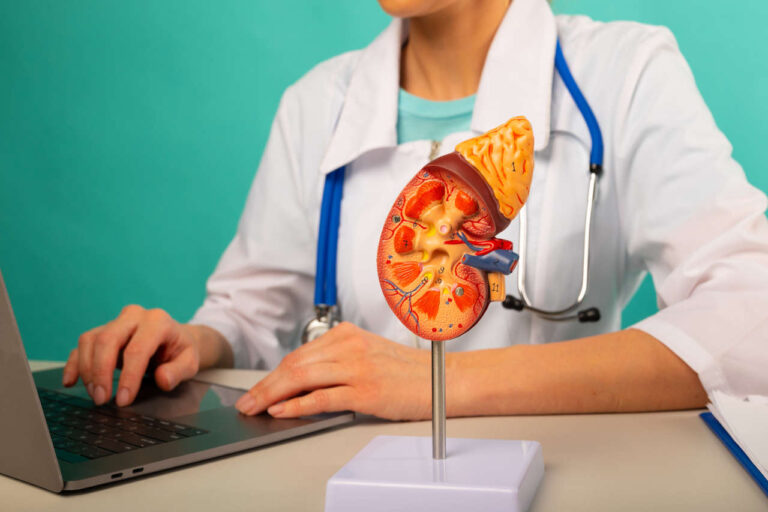
Globulin miễn dịch dưới da (SCIG) là một loại liệu pháp immunoglobulin được sử dụng để tăng cường hệ thống miễn dịch của bệnh nhân mắc chứng rối loạn suy giảm miễn dịch hoặc bệnh nhân có cơ thể không sản xuất đủ immunoglobulin (kháng thể)Liệu pháp này gần đây đã trở nên phổ biến và được coi là một lựa chọn điều trị đầy hứa hẹn và hiệu quả do tính tiện lợi, hiệu quả và giảm nguy cơ tác dụng phụ toàn thân so với tiêm tĩnh mạch. liệu pháp globulin miễn dịch (IVIG).
Nói chuyện với một chuyên gia
Về Trợ cấp đồng thanh toánMục đích của bài viết này là cung cấp hướng dẫn toàn diện cho những bệnh nhân sắp trải qua điều trị SCIG và tò mò về những điều cần biết cũng như lợi ích của nó. Đến cuối bài viết, bạn sẽ hiểu được SCIG là gì, nó khác với IVIG như thế nào, lợi ích tiềm năng, rủi ro liên quan và các tình trạng bệnh lý thường được khuyến nghị sử dụng.
Globulin miễn dịch dưới da là gì?
Trong liệu pháp SCIG, bệnh nhân nhận được dung dịch chứa dạng kháng thể tinh khiết (bao gồm 97-98% của IgG và một tỷ lệ nhỏ IgM và IgA được chiết xuất từ máu của người hiến tặng khỏe mạnh. Các kháng thể này là thành phần thiết yếu của hệ miễn dịch và đóng vai trò quan trọng trong việc chống lại nhiễm trùng và bệnh tật. SCIG mang đến một giải pháp hiệu quả để kiểm soát nhiều tình trạng bệnh lý, từ suy giảm miễn dịch đến các bệnh tự miễn.
Nó được trao tặng như thế nào?
SCIG được tiêm dưới da, nghĩa là tiêm dưới da, đặc biệt là ở lớp sâu nhất của da. Các vị trí tiêm dưới da phổ biến bao gồm cánh tay trên, đùi và bụng.
Quy trình tiêm SCIG rất dễ học và thanh thiếu niên hoặc bệnh nhân lớn tuổi có thể dễ dàng tự tiêm tại nhà sau khi được nhân viên chăm sóc sức khỏe hướng dẫn đầy đủ.
Sự khác biệt giữa SCIG và IVIG
SCIG và IVIG Cả hai đều là hình thức liệu pháp miễn dịch được sử dụng để tăng cường hệ miễn dịch nhưng khác nhau ở một số khía cạnh. Ví dụ, IVIG được tiêm tĩnh mạch, trong đó dung dịch immunoglobulin được truyền trực tiếp vào máu qua tĩnh mạch, trong khi SCIG được tiêm dưới da.
Hơn nữa, tần suất quản lý cũng khác nhau giữa SCIG và Liệu pháp IVIG. IVIG thường được dùng ít thường xuyên hơn, thường là vài tuần một lần hoặc thậm chí mỗi tháng một lần, vì nồng độ kháng thể cao hơn trong dịch truyền tĩnh mạch sẽ tồn tại lâu hơn trong máu.
Mặt khác, SCIG thường được dùng thường xuyên hơn, thường là hàng tuần hoặc hai tuần một lần, vì khả năng hấp thụ kháng thể chậm nên cần dùng liều thường xuyên hơn để duy trì nồng độ thích hợp trong cơ thể.
Lợi ích tiềm năng của liệu pháp Globulin miễn dịch dưới da
Liệu pháp SCIG mang lại nhiều lợi ích, khiến nó trở thành một lựa chọn điều trị có giá trị cho bệnh nhân mắc nhiều bệnh lý khác nhau. Một số lợi ích chính của liệu pháp SCIG như sau:
Sự tiện lợi và linh hoạt
Một trong những ưu điểm chính của liệu pháp SCIG là sự tiện lợi mà nó mang lại cho bệnh nhân. Thay vì phải mất hàng giờ đồng hồ ở bệnh viện hoặc phòng khám để truyền dịch tĩnh mạch, bạn có thể tự truyền tại nhà, nhờ đó giảm thiểu sự gián đoạn trong cuộc sống hàng ngày.
Giảm nguy cơ tác dụng phụ toàn thân
SCIG đã được chứng minh là có nguy cơ tác dụng phụ toàn thân thấp hơn như đau đầu, sốt hoặc ớn lạnh so với IVIG. Khi tiêm dưới da, sự hấp thụ kháng thể chậm và dần dần cho phép cơ thể thích nghi dễ dàng hơn với điều trị, dẫn đến ít phản ứng tức thời hơn và đáp ứng miễn dịch ổn định hơn.
Nâng cao chất lượng cuộc sống
Nhờ khả năng tự dùng và ít tác dụng phụ toàn thân hơn, những người điều trị bằng SCIG cho biết chất lượng cuộc sống được cải thiện. Họ có thể tham gia các hoạt động hàng ngày mà không phải thường xuyên đến bệnh viện.
Kiểm soát thời gian điều trị
Với SCIG, bệnh nhân có thể linh hoạt lựa chọn thời gian điều trị, cho phép họ điều chỉnh lịch trình khi cần thiết để phù hợp với các cam kết cá nhân hoặc các phương pháp điều trị y tế khác.
Thủ thuật ít xâm lấn hơn
Quản lý SCIG liên quan đến một tiêm dưới da, thường ít xâm lấn hơn và dễ dung nạp hơn đối với bệnh nhân so với truyền tĩnh mạch.
SCIG có thể giúp gì không?
Thông tin điều trị miễn phíRủi ro và biến chứng liên quan đến SCIG
Giống như bất kỳ phương pháp điều trị nào khác, liệu pháp SCIG cũng có một số rủi ro và biến chứng.
Phản ứng tại chỗ tiêm
Một số bệnh nhân có thể gặp phản ứng nhẹ tại vị trí tiêm, chẳng hạn như đỏ, sưng hoặc ngứa. Những phản ứng này thường là tạm thời và tự hết sau 24 – 48 giờ.
Tác dụng phụ toàn thân
Mặc dù ít phổ biến hơn IVIG, một số bệnh nhân vẫn có thể gặp các tác dụng phụ toàn thân nhẹ, chẳng hạn như mệt mỏi hoặc đau cơ. Tuy nhiên, những tác dụng phụ này thường giảm dần theo thời gian.
Nhiễm trùng
Giống như bất kỳ thủ thuật y tế nào liên quan đến kim tiêm, nguy cơ nhiễm trùng là rất thấp. Tuy nhiên, việc tuân thủ vệ sinh và vô trùng đúng cách trong quá trình tiêm có thể giảm đáng kể nguy cơ này.
SCIG được khuyến nghị trong trường hợp nào?

SCIG thường được khuyến cáo sử dụng khi bệnh nhân có các tình trạng sau:
Bệnh suy giảm miễn dịch nguyên phát
SCIG thường được khuyến cáo cho những người mắc các bệnh suy giảm miễn dịch nguyên phát có tình trạng thiếu hụt kháng thể như XLA hoặc bệnh agammaglobulinemiaTrong những tình trạng này, hệ thống miễn dịch bị suy yếu và dẫn đến nhiễm trùng tái phát. SCIG giúp tăng cường đáp ứng miễn dịch và giảm tần suất nhiễm trùng.
Rối loạn thần kinh
Một số rối loạn thần kinh có thể được cải thiện nhờ liệu pháp SCIG, vì nó có thể giúp điều chỉnh phản ứng miễn dịch, giảm viêm và có khả năng làm chậm sự tiến triển của một số bệnh.
Tình trạng viêm
SCIG được chấp thuận để điều trị các rối loạn viêm như Viêm đa dây thần kinh mất myelin mạn tính (CIDP)Tình trạng này xảy ra do phản ứng miễn dịch quá mức và có thể được kiểm soát hiệu quả bằng liệu pháp SCIG, giúp giảm triệu chứng và kiểm soát bệnh tốt hơn.
Những lưu ý cần tuân thủ trước khi điều trị SCIG
Trước khi tiến hành liệu pháp, cần thực hiện một số biện pháp phòng ngừa để đảm bảo quá trình điều trị an toàn và hiệu quả.
- Hãy thông báo cho nhà cung cấp dịch vụ chăm sóc sức khỏe nếu bạn bị dị ứng với bất kỳ loại thuốc hoặc sản phẩm Ig nào.
- Thảo luận về rủi ro hoặc lợi ích của liệu pháp SCIG với nhà cung cấp dịch vụ chăm sóc sức khỏe nếu bạn đang mang thai hoặc có kế hoạch cho con bú.
- Hãy thông báo cho nhà cung cấp dịch vụ chăm sóc sức khỏe nếu bạn đang dùng bất kỳ loại thuốc hoặc vắc-xin nào, vì thuốc có thể ảnh hưởng đến quá trình điều trị.
Nhận hỗ trợ tài chính cho SCIG
Câu hỏi thường gặp
Tôi có thể tự điều trị SCIG tại nhà không?
Có, với sự đào tạo và hướng dẫn phù hợp từ các chuyên gia chăm sóc sức khỏe, bạn có thể tự thực hiện liệu pháp này ngay tại nhà.
Có rủi ro dài hạn nào không?
Rủi ro lâu dài của liệu pháp này thường rất thấp. Việc theo dõi và tái khám thường xuyên với các nhà cung cấp dịch vụ chăm sóc sức khỏe có thể giúp xác định và giải quyết mọi vấn đề tiềm ẩn.
SCIG có phù hợp với trẻ em không??
Có, thuốc có thể được sử dụng cho trẻ em mắc một số bệnh lý nhất định. Bệnh nhi có thể cần điều chỉnh liều lượng và cách dùng dựa trên độ tuổi và cân nặng.
SCIG có hiệu quả như thế nào trong điều trị rối loạn suy giảm miễn dịch?
SCIG đã chứng minh được tính hiệu quả cao hiệu quả trong việc quản lý các rối loạn suy giảm miễn dịch, giảm tần suất nhiễm trùng và cải thiện chức năng miễn dịch tổng thể.
Liệu pháp này có hiệu quả như IVIG không?
Có, các nghiên cứu đã chứng minh rằng SCIG có hiệu quả tương đương với IVIG đối với hầu hết các tình trạng suy giảm miễn dịch và điều hòa miễn dịch.
Có an toàn không?
Có, SCIG được coi là sản phẩm an toàn vì được làm từ máu, có nguy cơ thấp chứa các tác nhân gây ra các bệnh như AIDS (HIV), viêm gan B, viêm gan C và biến thể. Bệnh Creutzfeld-Jacob (vCJD), còn được gọi là “bệnh bò điên”.
Người hiến máu được xét nghiệm toàn diện để đảm bảo máu của họ an toàn khi sử dụng. Ngoài ra, máu còn được xử lý để loại bỏ bất kỳ loại vi-rút nào có thể gây ra AIDS (HIV), viêm gan B hoặc viêm gan C.
TÀI LIỆU THAM KHẢO:
- Kobrynski, L. (2012). Liệu pháp immunoglobulin dưới da: Một lựa chọn mới cho bệnh nhân mắc bệnh suy giảm miễn dịch nguyên phát. Sinh học: Mục tiêu & Liệu pháp, 6, 277-287. https://doi.org/10.2147/BTT.S25188
- Misbah, S., Sturzenegger, MH, Borte, M., Shapiro, RS, Wasserman, RL, Berger, M., & Ochs, HD (2009). Globulin miễn dịch dưới da: Cơ hội và triển vọng. Miễn dịch học lâm sàng và thực nghiệm, 158(Phụ lục 1), 51-59. https://doi.org/10.1111/j.1365-2249.2009.04027.x
- Moore, ML, & Quinn, JM (2008). Liệu pháp thay thế immunoglobulin dưới da cho tình trạng thiếu hụt kháng thể nguyên phát: Những tiến bộ trong thế kỷ 21. Biên niên sử về Dị ứng, Hen suyễn và Miễn dịch học, 101(2), 114-121. https://doi.org/10.1016/S1081-1206(10)60197-4
- Epland, K., Suez, D., & Paris, K. (2022). Hướng dẫn lâm sàng về việc sử dụng liệu pháp thay thế immunoglobulin dưới da nồng độ cao và được tạo điều kiện thuận lợi cho bệnh nhân mắc bệnh suy giảm miễn dịch nguyên phát. Phòng khám dị ứng hen suyễn Immunol, 18(1). https://doi.org/10.1186/s13223-022-00726













